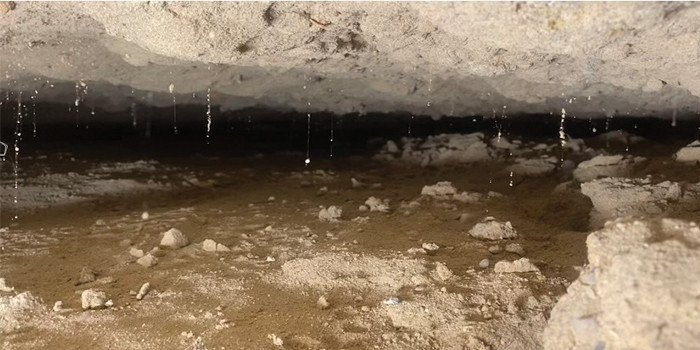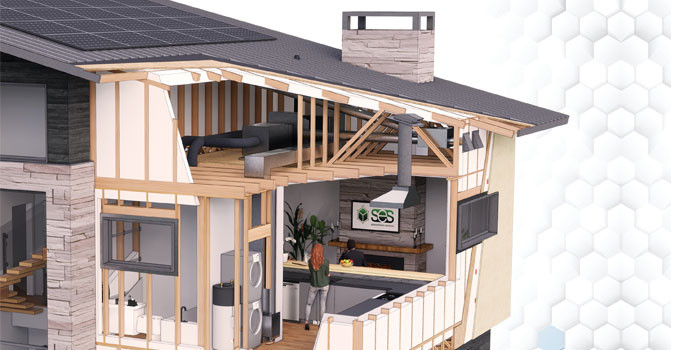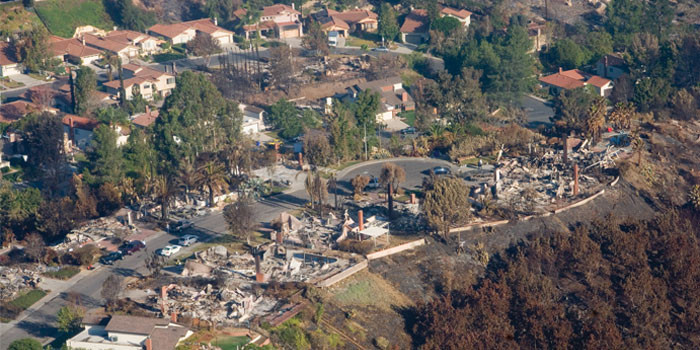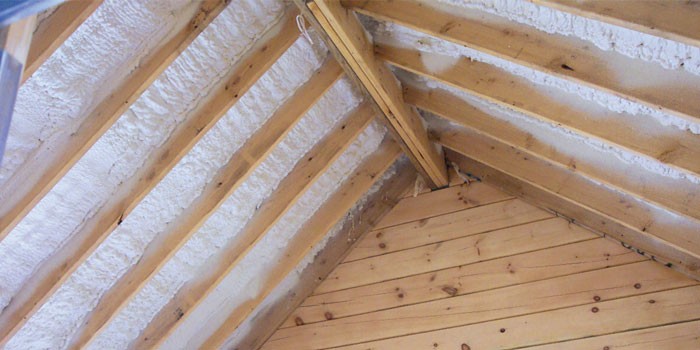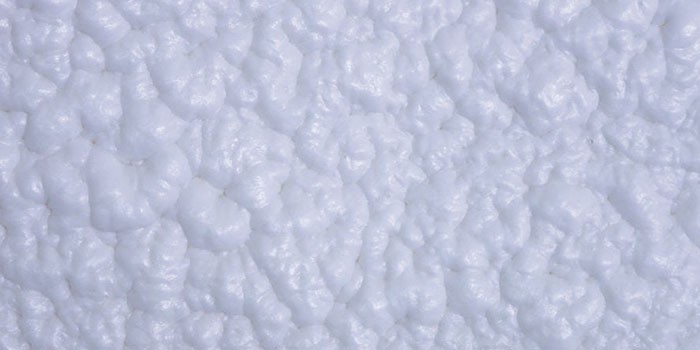Tools for the Business-Savvy Spray Foam Contractor


Spray foam contractors spend much of their time focused on equipment and installation crews, and there’s no doubt both are important, but there are other important aspects of the business that are often neglected. Planning for growth and pipeline tracking are two prime examples of vitally important tasks that are rarely considered until it is too late.
Growth is a double-edged sword. While most contactors want to get bigger, many want to do it for the wrong reason. Many contractors want to add a rig and another, and it’s easy to mentally multiply current revenue and profit times another rig or two and assume the company will install that many more jobs and make that much more money. Adding a rig does allow the company to do more jobs, but jobs from a second, third, and fourth rigs are often not nearly as profitable as those from the first one.
There are a number of reasons for this, the most common being focus. In the company’s beginning, all of the focus was on making the first rig as productive as possible, and most often, the business owner was personally involved on a nearly continuous basis. As the company grows and middle managers are hired to handle operations and sales, the incremental productivity of each rig usually goes down. This is pretty well understood and not such a bad thing as long as the company is healthy and has realistic expectations.
A growth chart might look something like this.
| Revenue | Gross Margin | Gross Profit | Net Profit | |
|---|---|---|---|---|
| One Rig | $800,000 | 40% | $320,000 | $160,000 |
| Two Rigs | $1,400,000 | 35% | $490,000 | $210,000 |
| Three Rigs | $1,900,000 | 30% | $570,000 | $228,000 |
| Four Rigs | $2,200,000 | 25% | $550,000 | $220,000 |
Some companies have done much better at cloning rigs than others, but nearly all report the highest productivity was with their first rig. Business owners must carefully weigh the cost and benefit of adding rigs before they make the substantial investment in new equipment and crews. For some, it might be better to replace the first rig every few years and not add the crews and infrastructure needed to survive growth of the business. An owner-operator can make a good living and many spray foam customers love doing business with the CEO (Chief Everything Officer) of a closely-held company.
The company with a planned end-game might look at this model very differently. If the goal is to sell a well-structured company for a multiple of earnings sometime in the future, the growth risk and investment is more easily justified. Of course, everyone would prefer the 40 percent gross margin in the model mentioned earlier, but remember, you can’t spend “percent margin.” You spend gross profit and the valuation for healthy companies is based loosely on this number.
Planning for growth at the early stages of business is rarely done. Most companies spend every waking hour just keeping up with the pressures of the day and don’t take the time to analyze their market, their competition, their assets, and their crew resources to make a viable plan for the future. Simply multiplying revenue times the number of rigs doesn’t work. Before the second rig starts to actually put money in the bank, the company owner might have to fund several months of salaries for middle managers and crews on top of the substantial cost of the new spray rig. There’s not a rule of thumb for the amount of money it will take to get the second rig up and operating, but anyone who’s been through these growth pains will tell you to double whatever you think it will cost.
In the earlier model, we intentionally factored in the aging first rig in the fleet as the business expands. That first rig was often “ridden hard and put away wet,” as ranch hands refer to a worn out horse. That first rig served us well and helped us launch a vibrant business, but that same rig might only be used as a backup after the company has grown to this size. Adding more rigs at this stage comes with a new set of problems and requirements, including a pile of cash and a very efficient company structure with well-understood policies and procedures.
As your business grows and you have more employees and their families depending on the success of your company, it becomes ever more important to plan well for the future. If you take
a step back from the business and view it strictly from the P&L and balance sheet, it might look similar to many other kinds of businesses. In many ways, it’s the same as a grocery store, auto repair shop, or sporting goods store. In each case, nothing happens before there’s a sale, and sales don’t happen if there are no customers. Customers only “happen” if we have leads, exactly the same as every other business. At the end of the day, every company’s primary business is lead generation because without leads and sales all the rest is just an expensive hobby.
The best leads are referrals. People do business with those they trust and satisfied customers who tell their friends, co-workers, and relatives about the job you did for them are worth their weight in gold. Leads from trade shows can be among the least likely to produce sales and leads from your other marketing and advertising efforts are somewhere in between. Just as the grocer continuously generates leads through local advertising in a variety of ways, so must you, and anything worth doing is worth measuring.
A savvy spray foam contractor is going to know and understand the complete sales cycle from lead generation to writing the customer’s name on the job board to later cashing their check. It’s fairly common for a lead to take one to three months to develop into a sale, and another couple of weeks or months to get the job sprayed and paid. It’s simple really; if you’re not generating leads today, you’re not going to cash customer checks 30-90 days from now.
Salespeople pride themselves on their closing ratio. They might close 70-80 percent of people they make a sales presentation to. They might be able to actually sit down with 30-50 percent of the people referred to them through all of the company’s lead sources, so with this information you can generate a Pipeline Ratio in addition to the sales person’s closing ratio.
Closed Sales ÷ Sales Presentations = Closing Ratio
Sales Presentations ÷ Leads = Lead Conversion Ratio
Closed Sales ÷ Leads = Pipeline Ratio
Here’s an example:
Steve Salesman closes 75 percent of the presentations he makes. Steve gets 40 leads, makes 16 presentations, and closes 12 sales a month.
Pipeline Ratio = .3 or 30 percent
Lead Conversion Ratio = .4 or 40 percent
Closing Ratio = .75 or 75 percent
If all of Steve’s 40 leads were referrals, he’d close 30 of them! Referrals are more important than most of the things spray foam contractors spend their time and money on, yet many contractors don’t do all they can to solicit and follow every referral they can get. Reward those who refer new prospects to you handsomely! The cost and effort to acquire a new customer is high, and tracking that number is enlightening and an essential management tool for every business owner.
SES understands the challenges of small business and we welcome the opportunity to partner with you and your team to build the business that’s right for you and your goals. We work with hundreds of small companies and some of the biggest and best in the nation as well. Our team of highly skilled tech reps and our business-savvy territory managers welcome the opportunity to work with you and your team to help you build the business of your dreams. •
CONTACT SES FOAM Direct any questions about tools for growth to SES Foam (Phone: 855-335-2440 / 713-239-0252 | Website: www.sesfoam.com)
*Spray Foam Magazine does not take editorial positions on particular issues; individual contributions to the magazine express the opinions of discrete authors unless explicitly labeled or otherwise stated. The inclusion of a particular piece in the magazine does not mean that individual staff members or editors concur with the editorial positions represented therein.
Disqus website name not provided.




